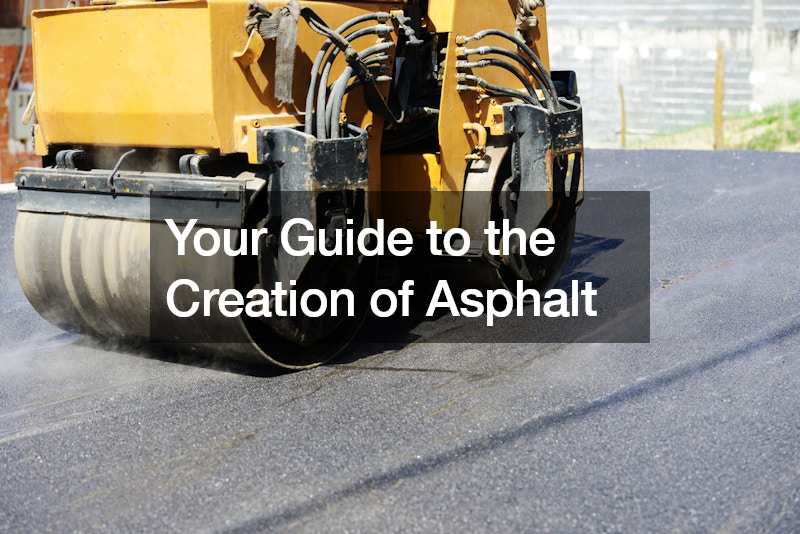
Asphalt plays a critical role in building roads, highways, and various other surfaces. Are you wondering, how is asphalt made? This guide will take you through the journey of asphalt creation, from raw materials to the final product.
Raw Materials
The primary component of asphalt is bitumen, a black, viscous liquid derived from crude oil. Bitumen acts as a binder that holds the aggregate together, providing the necessary flexibility and durability. Aggregates, another essential component, include materials such as sand, gravel, crushed stone, and recycled concrete. These aggregates are selected based on the required specifications of the final asphalt product, ensuring the right balance of strength, texture, and durability.
Extraction and Refinement of Bitumen
Bitumen is extracted during the refining process of crude oil. The crude oil is heated to high temperatures in a distillation tower, causing it to separate into different components based on their boiling points. Bitumen, being one of the heaviest fractions, settles at the bottom of the distillation tower. It is then collected and further refined to remove impurities, resulting in the thick, sticky substance that is essential for asphalt production.
Preparation of Aggregates
Aggregates must be carefully selected and processed to ensure they meet the required standards. This involves crushing larger rocks into smaller pieces, washing them to remove impurities, and sorting them by size. The quality and composition of the aggregates significantly affect the final asphalt mixture’s properties, including its durability, skid resistance, and load-bearing capacity.
Mixing Process
The mixing of bitumen and aggregates takes place in an asphalt plant. There are two primary types of asphalt plants: batch plants and drum plants. In a batch plant, aggregates are heated and dried before being mixed with bitumen in specific proportions. This method allows for precise control over the mix, ensuring consistency and quality. In contrast, drum plants continuously mix aggregates and bitumen, offering higher production rates and efficiency.
Heating and Drying
Aggregates are heated to remove moisture, which is crucial for achieving a strong bond with the bitumen. This process typically takes place in a rotating drum dryer, where aggregates are exposed to high temperatures. Proper drying ensures that the final asphalt mixture is free from moisture, which can cause premature deterioration and reduce the pavement’s lifespan.

Addition of Additives
Depending on the specific requirements of the project, various additives may be incorporated into the asphalt mix. These can include polymers for enhanced flexibility, anti-stripping agents to improve moisture resistance, and fibers to increase strength. Additives are carefully measured and mixed to achieve the desired properties, tailored to specific applications and environmental conditions.
Quality Control
Quality control is a critical aspect of understanding how is asphalt made. Samples of the asphalt mix are regularly tested to ensure they meet stringent specifications and performance standards. Tests may include assessing the mix’s density, stability, flow, and air void content. Any deviations from the required standards are corrected to maintain the integrity and reliability of the final product.




